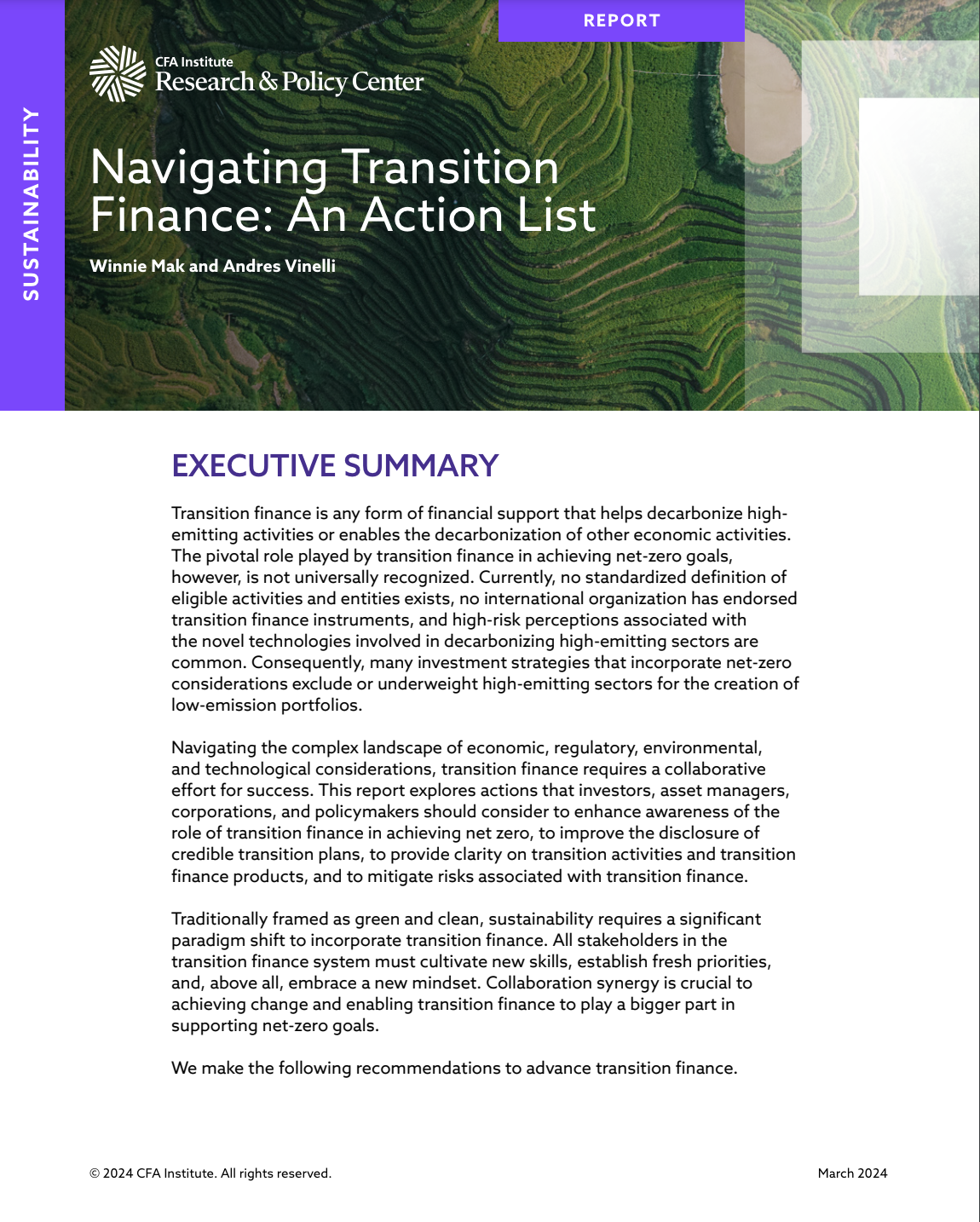Library | ESG issues
Materials Sourcing & Efficiency
Materials Sourcing & Efficiency focuses on reducing raw material use and integrating social, ethical, and environmental considerations into sourcing decisions. By enhancing supply chain transparency and promoting circularity, it mitigates risks and fosters long-term value creation.
Refine
40 results
REFINE
SHOW: 16


Alignment assessment of industry programmes with the OECD Minerals Guidance
The report evaluates the extent to which five industry programmes align with the OECD Due Diligence Guidance for responsible mineral sourcing. It highlights gaps and improvements in standards and implementation, focusing on due diligence, risk assessment, and audit practices across mineral supply chains.
Natural Capital Protocol
The Natural Capital Protocol provides a step-by-step guide for businesses to measure, value, and integrate natural capital into their operations. Divided into 9 stages, this comprehensive guide offers a practical approach to assess material risks and opportunities, communicate with stakeholders, and make informed decisions towards sustainable business practices.
Resource Centre digital platform (BHRRC)
The resource Centre digital platform by Business & Human Rights Resource Centre (BHRRC) monitors companies on news and allegations of human rights issues. It helps finance professionals assess corporate performance on human rights, providing insights into risks and compliance. The platform offers up-to-date data on human rights practices across various industries.
An innovation pathway to decarbonization: Circular economy solutions for policymakers and industry in the US
The US has a significant opportunity to decarbonise its industrial sector and boost its economy by transitioning to a circular economy. This report explores the economic and environmental benefits of circular solutions in key industries, such as batteries, construction, and electronics. It also analyses current US policies that support a circular economy and provides recommendations for further policy interventions to accelerate this transition.
Navigating transition finance: An action list
This report explores how transition finance can help decarbonise high-emitting activities and other economic sectors. It offers recommendations to improve awareness, clarify transition activities and finance products, and mitigate associated risks. Collaborative efforts are needed to navigate the complex economic, regulatory, environmental, and technological landscape.
Australian material flow analysis to progress to a circular economy
This report provides a comprehensive material flow account for Australia in 2019 to support the assessment of its circular economy progress. The report highlights key areas where policy interventions can improve material intensity, resource efficiency, and waste minimisation. It also evaluates Australia's circularity indicators and performs well on three proposed indicators.
Roundtable on Sustainable Biomaterials (RSB)
The Roundtable on Sustainable Biomaterials (RSB) promotes sustainable practices in the biomass industry. It sets global standards for environmentally and socially responsible production of biomass materials. RSB fosters collaboration among stakeholders to ensure ethical and sustainable practices throughout the biomass supply chain.
The material footprint of nations
This research paper explores consumption-based indicators of resource use, asserting that developed countries have increased the use of natural resources at a slower rate than economic growth, but this is untrue. Material Footprint (MF) uncovers the full material requirements of nations, offering insights into actual resource productivity.
Asset-level data and the energy transition: Findings from ET risk work package 2
This report demonstrates the potential of asset-level data to manage risks and opportunities arising from the transition to a net-zero emissions economy. The authors develop a demonstrator database of assets across six carbon-intensive industries, calculating cumulative committed carbon emissions (CCCE) and potential reductions (RCCCE) through retrofits.
A sewing kit for living wages: Pathways to living wages in global garment supply chains
The report provides a roadmap for textile brands to commit and implement living wages in their supply chains, as well as explain the importance of providing decent wages to workers.
Greenlight or gaslight? The transition minerals dilemma for Australia
This report highlights the risks associated with the global dependency on transition minerals for a carbon-free future. It explores potential oversupply and undersupply risks, supply chain ethics, and the environmental impacts of mining such minerals in Australia.
Facilitating a circular economy for textiles workshop report
This report provides insights on the current status of circularity in the textile industry including waste generation, social and environmental impact, raw material use, and data challenges. The report highlights research needs, boundary-spanning tools, and standards to facilitate a circular economy.
Geopolitics of the energy transition: Critical materials
This paper explores strategic approaches for ensuring a sustainable energy transition by investigating the geopolitical aspects of critical materials including their supply chain, responsible efficiency, emergence of new technologies, their impact on labour rights, as well as suggesting ways to mitigate their risks and boost cooperation between countries.
Making Xinjiang sanctions work: Addressing forced labour through coercive trade and finance measures
This is a comprehensive and rigorous analysis of the measures adopted and implemented to address the issue of forced labour in Xinjiang, China. Based on open-source data and expert analysis, the report highlights key themes and outlines a set of recommendations designed to improve the effectiveness of current trade and financial measures.
SDG action manager technical guide
This guide provides businesses with a web-based impact management solution to take action on the Sustainable Development Goals (SDGs) through 2030. The guide describes the overall structure, module design, baseline module, SDG-specific modules, scoring methodology, and development process of the SDG Action Manager in a concise manner.
Navigating energy transitions: Mapping the road to 1.5°C
This report maps the road to 1.5°C in energy transitions, discussing pathways and policies to achieve this goal. It highlights the role of investors in driving the energy transition, and the need for mandatory disclosure requirements and robust reporting frameworks to achieve material impact.















